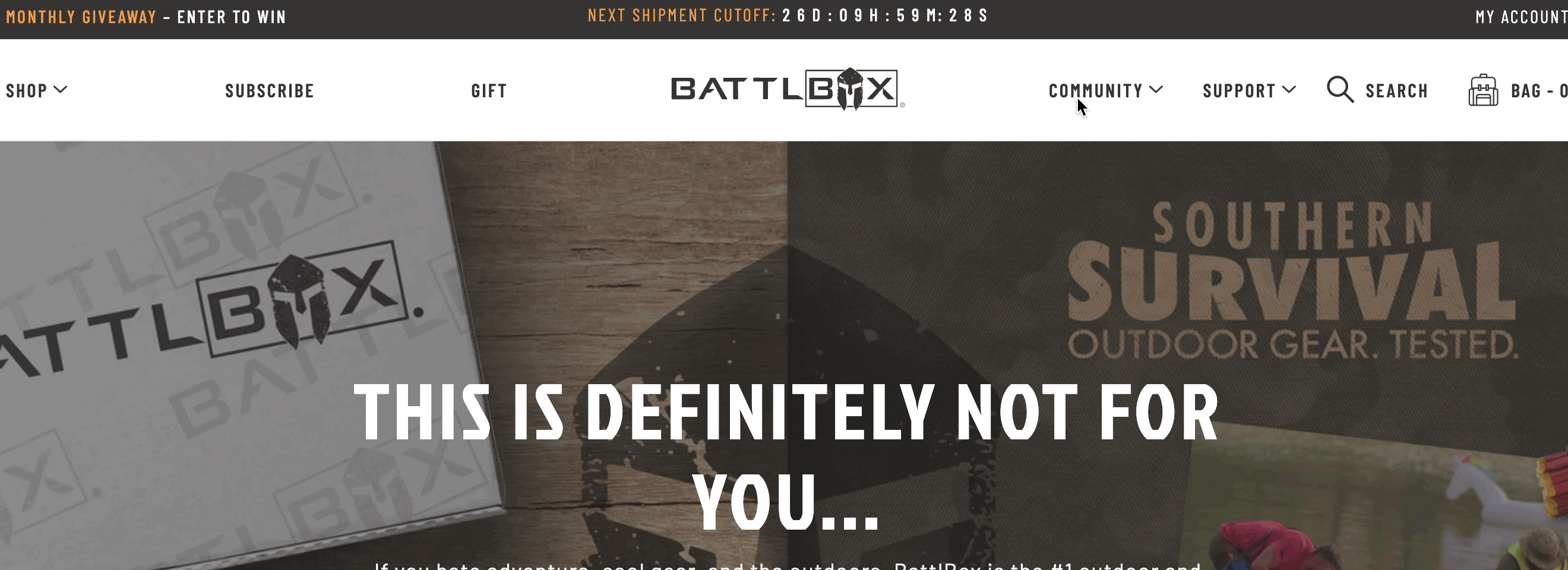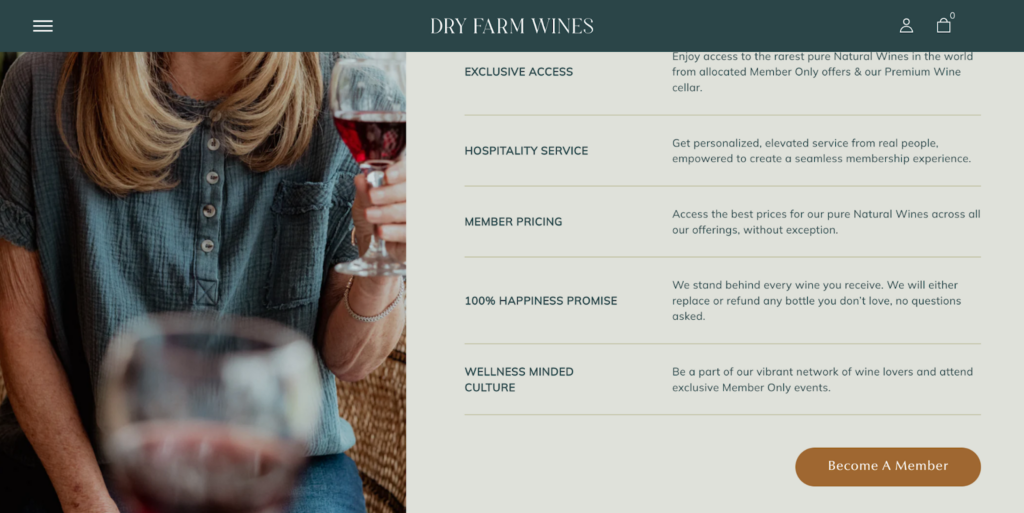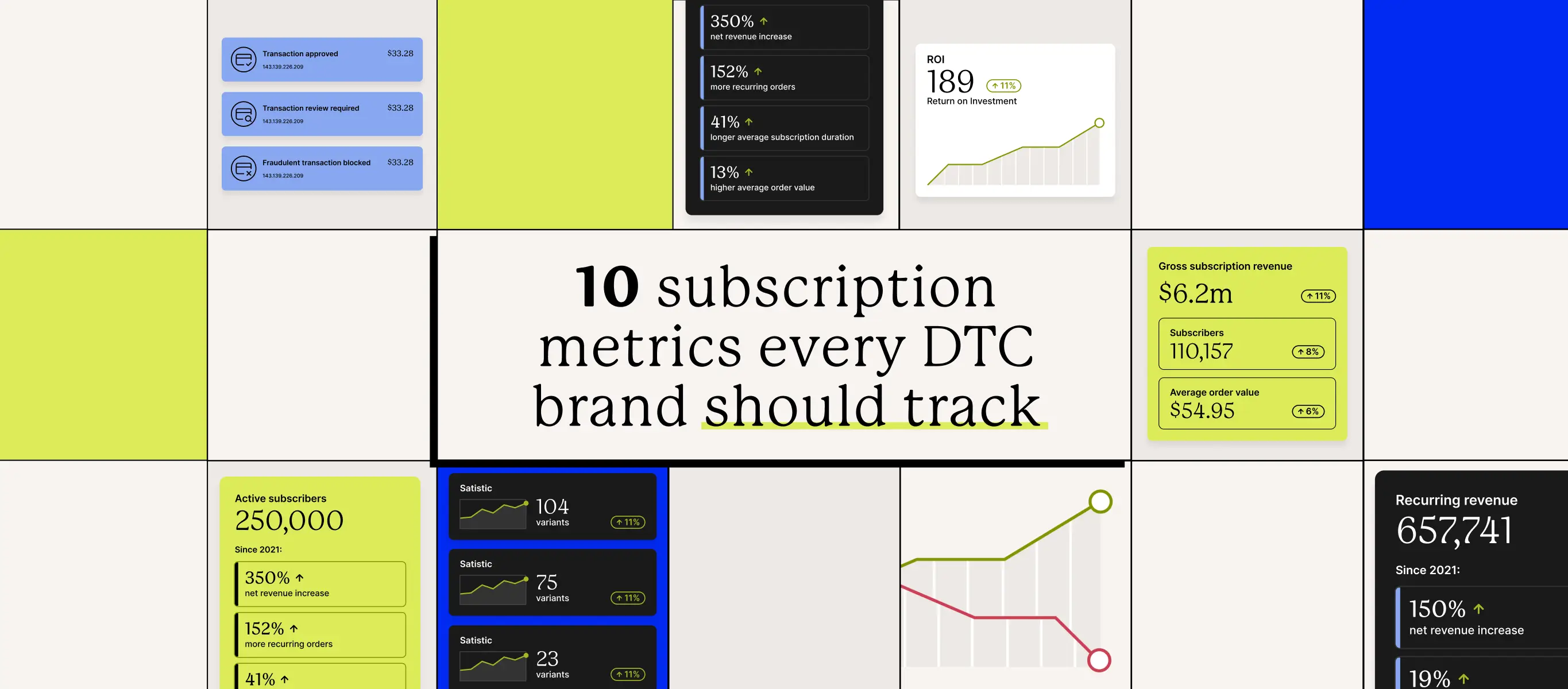In the world of ecommerce, cultivating a devoted customer base can be quite a challenge. In an era of easily accessible alternatives, direct-to-consumer (DTC) brands must find ways to distinguish themselves in saturated markets and generate meaningful connections with their customers.
Enter brand communities—collectives of customers who share a deep affinity for a specific brand or product. These online communities wield tremendous potential for ecommerce brands, especially those that have attained a certain level of maturity. A study by Motista indicates that ecommerce brands with engaged communities boast higher customer retention rates and increased brand loyalty.
Within this article, we’ll explore the significance of active communities for ecommerce brands, and why they can serve as game-changers for your business. We will offer strategies for constructing an engaged community and provide real-world examples of strong communities in action.
Whether you’re just embarking on your journey or seeking to fortify existing customer relationships, this article will help provide valuable insights and practical tips for crafting a retention-driven DTC brand community.
Key takeaways
- Brand communities play a crucial role in ecommerce by fostering customer retention and loyalty.
- Active communities also contribute to customer acquisition, particularly in industries like health, skincare, and beauty, where personal recommendations and credibility are vital.
- By providing a space for customers to connect and engage with one another, brands cultivate a sense of belonging that transcends transactional relationships.
- Building a brand community allows ecommerce brands to gain deeper insights into customer needs and preferences.
The role of community building in ecommerce customer retention
As mentioned, it’s clear that established ecommerce brands with strong brand communities experience elevated customer retention rates and heightened customer loyalty. This is attributed to the fact that engaged communities create a sense of belonging and connection among customers, ultimately fostering heightened engagement and repeat purchases.
When consumers feel intimately connected to DTC brands, they are more inclined to continue buying from that brand, even when alternative options are plenty in supply.
Plus, when community members are passionate about products they love, they are much more inclined to share their brand experience with others and create a ripple effect. Organic word-of-mouth recommendations can be such a strong driver for increased brand advocacy and organic brand building.
Generating trust in ecommerce as a vehicle for acquisition
Beyond bolstering customer retention, active communities can also facilitate customer acquisition. This is especially prevalent with DTC brands that rely on results garnered through their product, like health, skincare, and beauty. Building community is important in these verticals because personal recommendations carry a stronger weight with what are often much more intimate brand experiences. A beauty brand that can get you to trust them with your skin before you even try it for yourself is powerful, and is hard to do without being able to build credibility through peer recommendations.
Value beyond products & services
In addition to driving customer retention and advocacy, brand communities offer value beyond the products or services themselves. By establishing a space for customers to connect and engage with one another, brands cultivate a sense of belonging and connection that transcends transactional relationships.

Barefaced is a skincare brand that exemplifies this. Through their social media channels, they combine user-generated content with educational content as part of their marketing strategy, generating value beyond selling products. As mentioned previously, verticals like wellness and skincare need to build credibility through channels like word of mouth or relevant, engaging content to boost brand loyalty and reputability.
Creating a feedback channel for enhanced products & experiences
A benefit that may be overlooked in launching a brand community is that it also empowers ecommerce brands to gain a deeper understanding of their customers and their needs. Through engaging customers within a community setting, brands have first-hand connections that inform product development and marketing strategies. This paves the way for more targeted and effective marketing campaigns, as well as products that better cater to consumer demands.
6 tactics for establishing a retention-boosting DTC brand community
In this section, we will outline several tactics to help ecommerce brands in their community-building efforts.
1. Clearly communicate the greater purpose of the community & its connection to your mission
Consumers crave a sense of belonging and purpose. By effectively conveying the greater purpose of your brand community and how it aligns with your mission, you foster a sense of belonging and connection among your customers.
For instance, Early Majority clearly articulates their community’s mission to reduce waste, thereby empowering customers to contribute to a greater cause. They activate their community through a membership program that gives them member pricing, exclusive access, free shipping, and more.

2. Consider diverse interactive spaces & forums for your brand communities
While online forums are a popular choice for building your own community, numerous other interactive spaces can prove equally effective. Leverage social media platforms, chat groups, live events, and other channels to foster a vibrant community centered around your DTC brand.
For example, Lashify employs a combination of Facebook Groups, live sessions, and blogs on their website to engage their community.

3. Generate valuable content tailored to your community
To sustain engagement within your brand community, curate valuable content that resonates with your members. This can include blog posts, videos, podcasts, and other forms of content that align with your brand and address the interests of your customers. While this can be an effective method for generating organic traffic, it also carries weight in retention strategy by keeping consumers engaged with your brand through various channels.
For instance, Bobbie has various resources to support their brand’s mission and vision like Bobbie U which hosts educational articles and tips. They take on an educational approach from a health and medical standpoint, which is well-tailored for mothers that are curious and invested in their children’s health and wellness.

On the other hand, CrunchLabs provides educational content for children interested in STEM with the support of their parents. While this brand started off with a customer base generated through its founder Mark Rober, the brand has since taken off on its own and become a vehicle for young children to learn about the world around them.
4. Actively engage with community members through various channels
Building a robust brand community necessitates active engagement with consumers. Regularly respond to posts on forums, address questions on social media platforms, and host live Q&A sessions to cultivate meaningful interactions.
Battlbox does just that through their Facebook group, ambassador program, influencer program, and more. For the adventure-seeker that wants to connect with other like-minded adventurers, this strong community is the perfect place to create a flywheel of interest between Battlbox and its customers.

5. Organize community events to foster connection
Hosting events presents an excellent opportunity to bring your brand community together and forge deeper connections. These events can take the form of webinars, workshops, meetups, or conferences—both online and in-person.
6. Reward community engagement to incentivize loyalty
Encourage engagement and foster loyalty by rewarding customers who actively participate in your brand community. Exclusive discounts, early access to new products, or other perks reserved for community members can inspire ongoing engagement.
Dry Farm Wines is an example of a merchant who does both. They arrange exclusive member-only events for those that are part of their membership program, and their participants can also benefit from special member pricing and exclusive access to their products.

By implementing these tactics, ecommerce brands can construct brand communities that engage, provide value, and effectively drive customer retention.
Final words from a consumer
As a consumer that has the benefit of being exposed to both sides of the purchase: it’s true—brands that foster community are more attractive.
With today’s advancements in technology, I literally have the world at my fingertips. I am always on the hunt for the best of the best now that there are so many options available for me to purchase.
While there are many factors that can impact the moments between contemplation and conversion, the decision-maker usually ends up being whether or not I feel a connection to the brand. And like with any relationship, the more investment you feel, the likelier you are to commit.
Thus, cultivating an active community for ecommerce brands has boundless potential to elevate customer retention and even acquisition. By nurturing brand communities, ecommerce brands can foster a sense of belonging, generate brand advocacy, provide value beyond products and services, and create a feedback loop for continuous improvement.
Sources
[1] Direct-to-consumer definition (Ecommerce glossary)
[2] Leveraging the Value of Emotional Connection for Retailers (Motista study)
[3] The ecommerce membership advantage (Guide)



